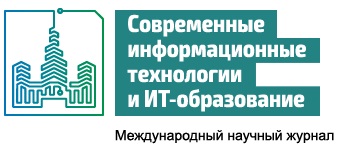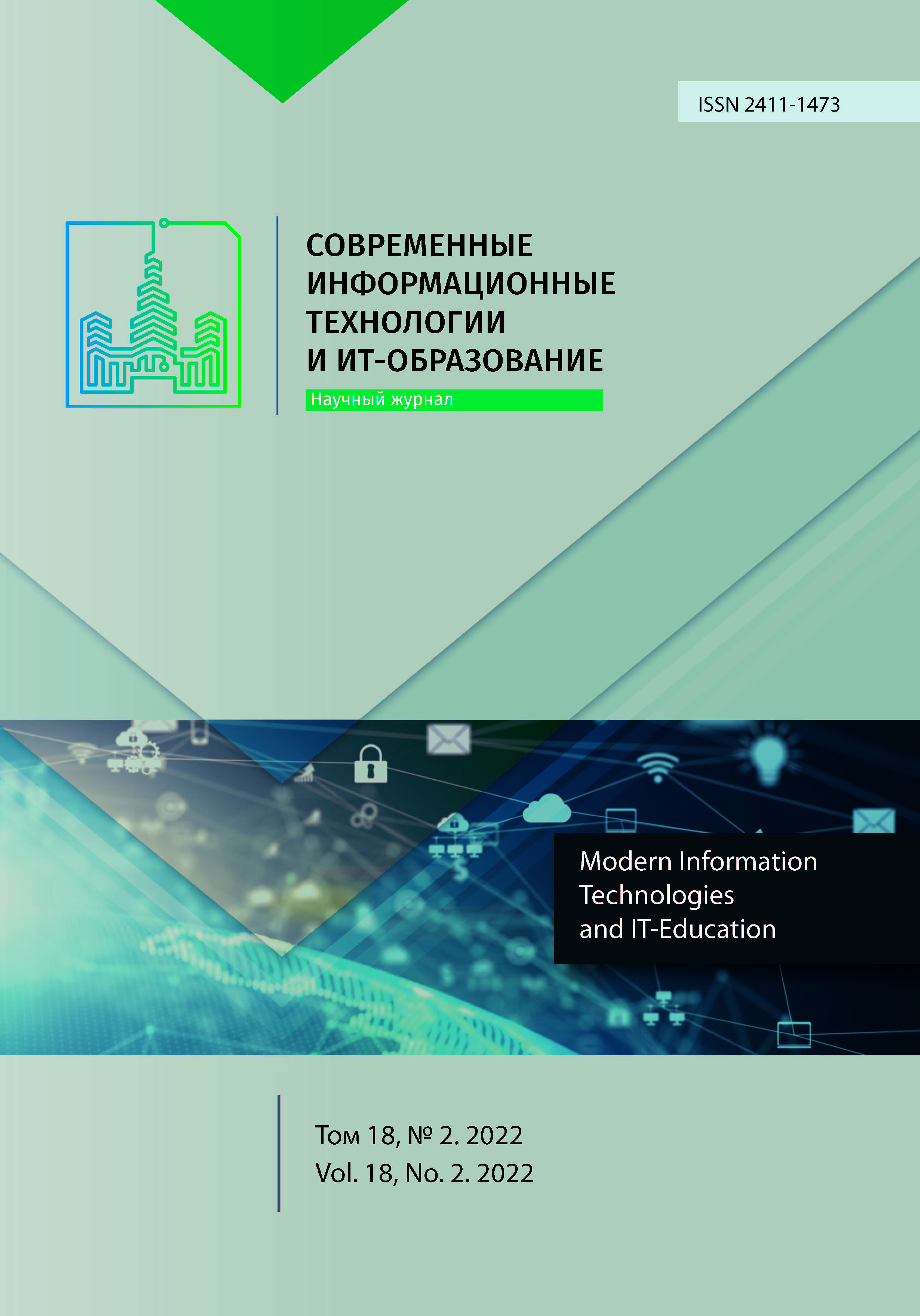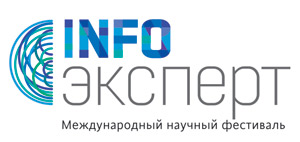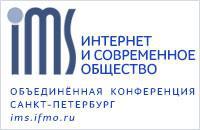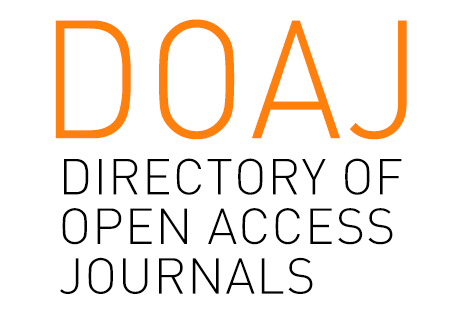Synthesis of Optimal Control in the Problem of Regulating the Degree of Lake Pollution
Abstract
This paper studies the problem of optimal control of the degree of lake pollution by the pollutants of an industrial plant. A mathematical model is considered that represents the process of lake pollution, taking into account the change in its self-cleaning rate as a function of time. This function is assumed to be piecewise constant and switches between its two possible values periodically, that reflects seasonal fluctuations in the rate of self-cleaning of the lake. An optimal control problem is formulated with respect to a given quality functional characterizing the profit of the plant.
To solve this problem, the Pontryagin's maximum principle is applied. Analytical expressions for the optimal trajectories of the state variable and the adjoint variable are obtained, a qualitative analysis of the obtained solutions is carried out. The concept of environmentally sustainable solution is introduced, and it is shown that such a solution gives the best possible trade-off between the profit of the plant and penalties for lake pollution. The obtained optimal solution is compared with the so-called "myopic" solution, that is, a solution greedily pursuing instantaneous profit.
It is shown that the “myopic” solution can increase short-term profits due to environmental degradation, but in the long term it not only brings worse results compared to the environmentally sustainable solution, but also causes irreparable harm to the environment, which can only be neutralized at the cost of complete shutdown of production for an extended period of time. As a result of the work, a new mixed solution is proposed that combines the advantages of both strategies and is more effective for practical use. The results obtained in this paper are illustrated by examples of numerical simulation for various values of the system parameters.
References
2. Griggs D., Stafford-Smith M., Gaffney O., Rockström J., Ohman M.C., Shyamsundar P., et al. Sustainable development goals for people and planet. Nature. 2013; 495(7441):305-307. (In Eng.) doi: https://doi.org/10.1038/495305a
3. Masui T. Policy evaluations under environmental constraints using a computable general equilibrium model. European Journal of Operational Research. 2005; 166(3):843-855. (In Eng.) doi: https://doi.org/10.1016/j.ejor.2004.07.002
4. Bull K.R. The critical loads/levels approach to gaseous pollutant emission control. Environmental Pollution. 1991; 69(2-3):105-123. (In Eng.) doi: https://doi.org/10.1016/0269-7491(91)90137-L
5. Chervinski A. Ecological Evaluation of Economic Evaluation of Environmental Quality. Procedia Economics and Finance. 2014; 8:150-156. (In Eng.) doi: https://doi.org/10.1016/S2212-5671(14)00075-6
6. Lu X., Zhang S., Xing J., et al. Progress of Air Pollution Control in China and Its Challenges and Opportunities in the Ecological Civilization Era. Engineering. 2020; 6(12):1423-1431. (In Eng.) doi: https://doi.org/10.1016/j.eng.2020.03.014
7. Hakanson L. An ecological risk index for aquatic pollution control. A sedimentological approach. Water Research. 1980; 14(8):975-1001. (In Eng.) doi: https://doi.org/10.1016/0043-1354(80)90143-8
8. Wu M., Tang X., Li Q., et al. Review of Ecological Engineering Solutions for Rural Non-Point Source Water Pollution Control in Hubei Province, China. Water, Air, & Soil Pollution. 2013; 224(5):1-18. (In Eng.) doi: https://doi.org/10.1007/s11270-013-1561-x
9. Ni Z., Wu X., Li L., et al. Pollution control and in situ bioremediation for lake aquaculture using an ecological dam. Journal of Cleaner Production. 2018; 172:2256-2265. (In Eng.) doi: https://doi.org/10.1016/j.jclepro.2017.11.185
10. Caines P.E., Egerstedt M., Malhame R., Schoellig A. A Hybrid Bellman Equation for Bimodal Systems. In: Bemporad A., Bicchi A., Buttazzo G. (eds.) Hybrid Systems: Computation and Control. HSCC 2007. Lecture Notes in Computer Science. Vol. 4416. Springer, Berlin, Heidelberg; 2007. p. 656-659. (In Eng.) doi: https://doi.org/10.1007/978-3-540-71493-4_54
11. Barseghyan V.R. On the Condition of Complete Controllability of Stage-by-Stage Changing Linear Dynamic Systems with Varying Dimension of the Control Vector. 2020 15th International Conference on Stability and Oscillations of Nonlinear Control Systems (Pyatnitskiy's Conference) (STAB). IEEE Computer Society, Moscow, Russia; 2020. p. 1-4. (In Eng.) doi: https://doi.org/10.1109/STAB49150.2020.9140703
12. Gromov D., Bondarev A., Gromova E. On periodic solution to control problem with time-driven switching. Optimization Letters. 2022; 16(7):2019-2031. (In Eng.) doi: https://doi.org/10.1007/s11590-021-01749-6
13. Savkin A.V., Matveev A.S. Qualitative analysis of differential automata: existence and stability of limit cycles. 1999 Information, Decision and Control. Data and Information Fusion Symposium, Signal Processing and Communications Symposium and Decision and Control Symposium. Proceedings (Cat. No.99EX251). IEEE Computer Society, Adelaide, SA, Australia; 1999. p. 265-270. (In Eng.) doi: https://doi.org/10.1109/IDC.1999.754168
14. Bondarev A., Gromov D. On the Structure and Regularity of Optimal Solutions in a Differential Game with Regime Switching and Spillovers. In: Haunschmied J.L., Kovacevic R.M., Semmler W., Veliov V.M. (eds.) Dynamic Economic Problems with Regime Switches. Dynamic Modeling and Econometrics in Economics and Finance. Vol. 25. Springer, Cham; 2021. p. 187-207. (In Eng.) doi: https://doi.org/10.1007/978-3-030-54576-5_8
15. Reddy P.V., Schumacher J.M., Engwerda J. Analysis of Optimal Control Problems for Hybrid Systems with One State Variable. SIAM Journal on Control and Optimization. 2020; 58(6):3262-3292. (In Eng.) doi: https://doi.org/10.1137/19M1272779
16. Nkuiya B., Costello C. Pollution control under a possible future shift in environmental preferences. Journal of Economic Behavior & Organization. 2016; 132(B):193-205. (In Eng.) doi: https://doi.org/10.1016/j.jebo.2016.05.021
17. Wu Y., Ye P. Investigation of optimal pollution control problem with regime shifts. Control Processes and Stability. 2022; 9(1):492-497. Available at: https://www.elibrary.ru/item.asp?id=48867653 (accessed 23.05.2022). (In Eng.)
18. Klamerus-Iwan A., Błońska E., Lasota J., Waligórski P., Kalandyk A. Seasonal variability of leaf water capacity and wettability under the influence of pollution in different city zones. Atmospheric Pollution Research. 2018; 9(3):455-463. (In Eng.) doi: https://doi.org/10.1016/j.apr.2017.11.006
19. Wang H., Shi H., Li Y., Yu Y., Zhang J. Seasonal variations in leaf capturing of particulate matter, surface wettability and micromorphology in urban tree species. Frontiers of Environmental Science & Engineering. 2013; 7(4):579-588. (In Eng.) doi: https://doi.org/10.1007/s11783-013-0524-1
20. Shortle J.S., Horan R.D. The Economics of Nonpoint Pollution Control. Journal of Economic Surveys. 2001; 15(3):255-289. (In Eng.) doi: https://doi.org/10.1111/1467-6419.00140
21. Jouvet P.-A., Michel P., Rotillon G. Optimal growth with pollution: how to use pollution permits? Journal of Economic Dynamics and Control. 2005; 29(9):1597-1609. (In Eng.) doi: https://doi.org/10.1016/j.jedc.2004.09.004
22. Arguedas C., Cabo F., Martín-Herrán G. Optimal Pollution Standards and Non-compliance in a Dynamic Framework. Environmental and Resource Economics. 2017; 68(3):537-567. (In Eng.) doi: https://doi.org/10.1007/s10640-016-0031-5
23. Arguedas C., Cabo F., Martın-Herrán G. Enforcing regulatory standards in stock pollution problems. Journal of Environmental Economics and Management. 2020. 100:102297. (In Eng.) doi: https://doi.org/10.1016/j.jeem.2019.102297
24. De Medeiros J.F., Ribeiro J.L.D., Cortimiglia M.N. Success factors for environmentally sustainable product innovation: a systematic literature review. Journal of Cleaner Production. 2014; 65:76-86. (In Eng.) doi: https://doi.org/10.1016/j.jclepro.2013.08.035
25. Dockner E., Jørgensen S., Van Long N., Sorger G. Differential Games in Economics and Management Science. Cambridge University Press, Cambridge, U.K.; 2000. (In Eng.) doi: https://doi.org/10.1017/CBO9780511805127

This work is licensed under a Creative Commons Attribution 4.0 International License.
Publication policy of the journal is based on traditional ethical principles of the Russian scientific periodicals and is built in terms of ethical norms of editors and publishers work stated in Code of Conduct and Best Practice Guidelines for Journal Editors and Code of Conduct for Journal Publishers, developed by the Committee on Publication Ethics (COPE). In the course of publishing editorial board of the journal is led by international rules for copyright protection, statutory regulations of the Russian Federation as well as international standards of publishing.
Authors publishing articles in this journal agree to the following: They retain copyright and grant the journal right of first publication of the work, which is automatically licensed under the Creative Commons Attribution License (CC BY license). Users can use, reuse and build upon the material published in this journal provided that such uses are fully attributed.
